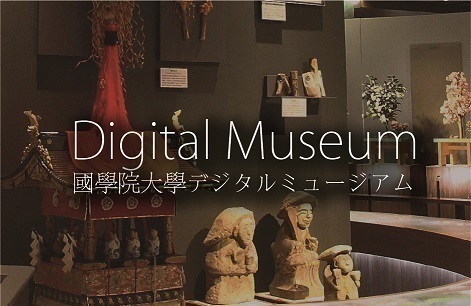- トップ
- Encyclopedia of Shinto
- Shikigami
Encyclopedia of Shinto
| Main Menu: | |
| Links: |
詳細表示 (Complete Article)
| カテゴリー1: | 2. Kami (Deities) |
|---|---|
| カテゴリー2: | Combinatory Kami |
| Title | Shikigami |
| Text | Kami invoked as familiar spirits within the cult of Onmyōdō. Also read as shikijin, or shiki no kami. The shikigami are believed to have originated in the twelve monthly tutelary deities (Chōmei, Kakai, Jūkai, Densō, Shōkichi, Shōsen, Taiichi, Tenkō, Daishō, Kōsō, Daikichi, and Shinkō) found on the circular cosmographic divination board (shikiban; Ch. shipan) used in the methods of divination called rikujin shikisen (Ch. liuren shizhan), and in the "36 beasts" (sanjūrokkin), animals believed to have jurisdiction over the twelve hours of the day). In later esoteric Buddhism, they were given the same attributes as the "protectors of the dharma" (gohō;), and they came to be viewed as lower-order deities subject to commands from Onmyō adepts. The shikigami frequently appear in collections of legends like Konjaku monogatari and Ujishūi monogatari, where they are described as appearing variously as children (or young men), small animals, and demons, while in many other cases they do not reveal their form at all. Konjaku monogatari relates that all Onmyōji adepts possess shikigami, invoke them when performing magic and divinations, and otherwise make them respond to their everyday commands. In fact, however, it is believed that the shikigami cult arose from an association of the magical paper tokens (katashiro) used during ritual purifications (harae) and Onmyōdō rituals, with the deities of the shikisen divination ritual. -Itō Satoshi |




